Growing up, I was enamored with the United States' space program. I watched shuttle launches on TV and knew almost all of the historical rockets by heart. It wasn't until I watched the movie "Apollo 13" that I realized most of the magic happens on the ground. The success of a space mission relies heavily on brilliant mathematicians, scientists and engineers.
Katherine Johnson is one such brilliant mathematician. In fact, she was perhaps one of the most influential mathematicians to ever work at NASA.
Katherine Johnson at her desk with a "Celestial Training Device." Image credits: NASA
Mini Biography
Johnson was born in White Sulphur Springs, WV, in 1918 and showed a very early affinity for math. She said, “I counted everything. I counted the steps to the road, the steps up to church, the number of dishes and silverware I washed ... anything that could be counted, I did.”
She graduated high school at 14 and earned two degrees in mathematics and French from West Virginia State University by the time she was 18. In 1953, after working as a teacher for a few years, Johnson was hired by the National Advisory Committee for Aeronautics (NACA). The NACA would later become the National Aeronautics and Space Administration (NASA).
Before the widespread use of electronic computers, NACA employed pools of women to perform tedious manual calculations. These women were referred to as "computers." Johnson worked in one such pool to analyze the results of wind tunnel tests. Within two weeks, she was assigned to a group of engineers that would later become part of the "Space Task Force."
Let's take a moment and reflect on a few of the amazingly cool things that Katherine did during her NASA career:
- 1959: Calculated the trajectory of the Freedom 7 mission, the monumental flight when Alan Shepard became the first American in space.
- 1962: Even as electronic computers were beginning to replace manual calculations, John Glenn personally requested that Katherine double check the calculations before his famous Friendship 7 flight during which he became the first American to orbit the Earth.
- 1969: Calculated the trajectory for the Apollo 11 mission to the moon.
- 1970: Her work with backup procedures and navigation charts helped bring the crew of Apollo 13 home safely.
Throughout the '60s and '70s, Johnson became an expert with electronic computers to supplement her already impressive suite of math skills. She continued working at NASA on the Space Shuttle program until she retired in 1986.
The Legacy
Katherine co-authored 26 papers and was a pioneer in space science and modern computing. On November 16, 2015, President Obama awarded her the Presidential Medal of Freedom, the highest civilian award of the United States.
Johnson with the Presidential Medal of Freedom. Image credits: NASA
Why the sudden interest in Katherine Johnson?
Well, first, Fox released a trailer last week for "Hidden Figures," a movie based on the events chronicled in the book by the same name. It tells the story of Johnson's life and career at NASA (with a healthy dose of Hollywood drama, I'm sure).
I was immediately reminded of "The Right Stuff." I plan to get tickets for opening night.
Also, Johnson's birthday is August 26. This Friday, find a fun way to honor Johnson's contributions to our journey into space: post a tweet, launch a rocket, or calculate the x intercepts of a parabola.
If you want to learn more about Katherine Johnson, check out this biography and interview series by The National Visionary Leadership Project.
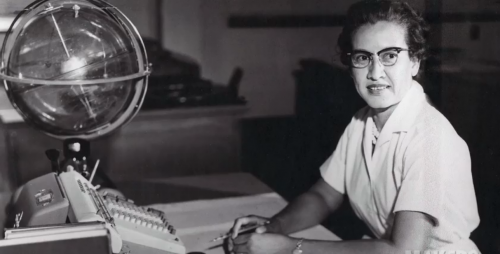
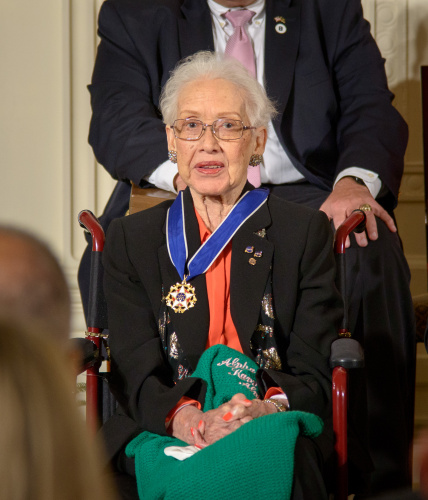
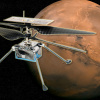
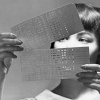
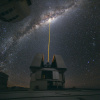

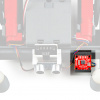
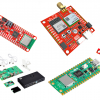


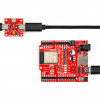
This actually answers a bunch of questions I had about how US rockets were aimed before LAPACK was written. Knowing the problems that are inside that she fully deserves the reputation that is usually (and sometimes correctly) associated with "rocket scientist": she has told how to throw a rock at a target 60 Earth radii away and ace the shot.
There was also a recent article in the Boulder newspaper on women mathematicians at Boulder's branch of the National Bureau of Standards, now the National Institute of Standards and Technology (NIST): Boulder County history: Women found math careers at the 'Bureau' These women were among the earliest computer programmers.
Good read, thanks for sharing that article!
I loved to know about her, she is such an inspiration.
I admire Catherine Johnson and she is my inspiration. Apollo 13 was the movie for me that created interest in space and Nasa. Watched the movie again yesterday. I didn't know that they are actually making a movie on her. Thank you so much for sharing this.